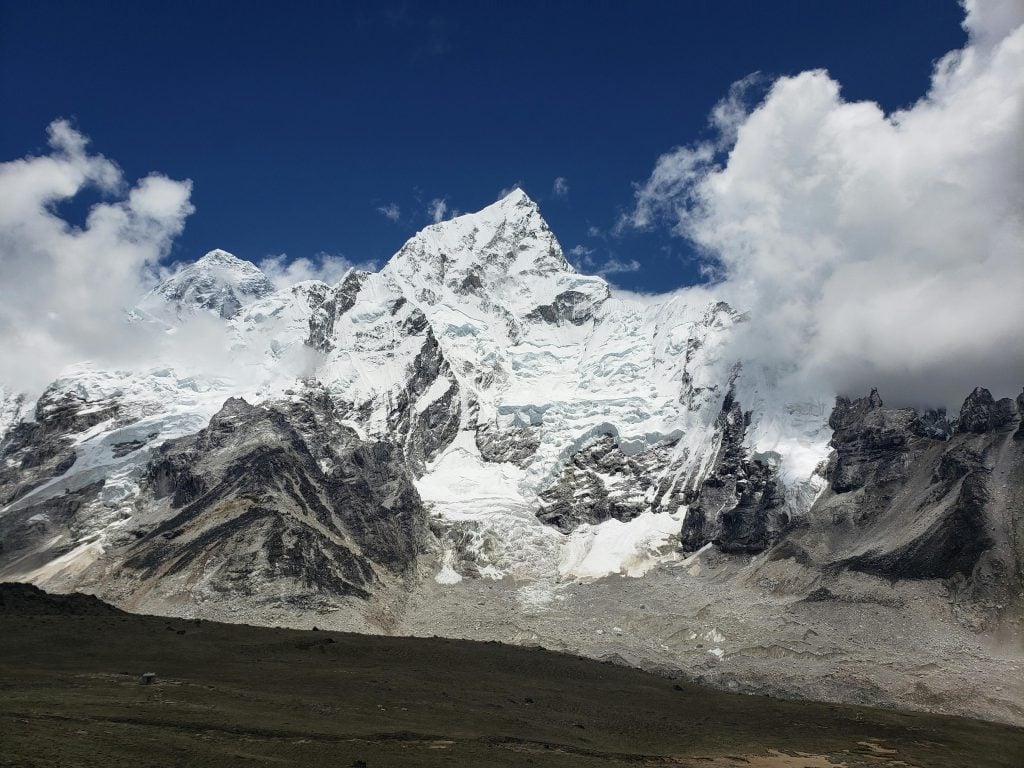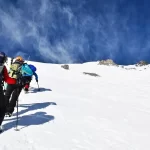Nepal Mandates GPS Devices for Mount Everest Climbers
Preventing Tragedies with Mandatory GPS Tracking
Nepal has implemented new regulations requiring climbers attempting Mount Everest to carry GPS tracking devices, aiming to prevent tragedies resulting from climbers losing their way or being caught in avalanches.
Lifesaving Technology for Everest Ascents
The mandated GPS devices are small, passive trackers that climbers can carry inside their jackets, capable of being detected in snow up to 20 meters deep. This measure aims to minimize the risk of fatalities by providing a means for rescuers to locate climbers in distress.
Environmental Preservation Efforts on Everest
In addition to GPS requirements, Nepal is addressing environmental concerns by enforcing strict waste management policies for climbers. Climbers are now required to carry back their waste, including human waste, using provided bags containing chemicals that solidify and deodorize the waste.
Monitoring Climber Compliance
To ensure compliance, climbers’ bags will be checked upon their return, with each climber provided two bags designed for multiple uses. These bags contain chemicals to neutralize odors and solidify waste, facilitating safe transport down the mountain.
Managing Everest’s Climbing Season
According to the Nepal Mountaineering Association, an estimated 1,200 climbers are expected to attempt Mount Everest during the current climbing season. These new regulations aim to enhance safety and minimize the environmental impact of Everest expeditions.





